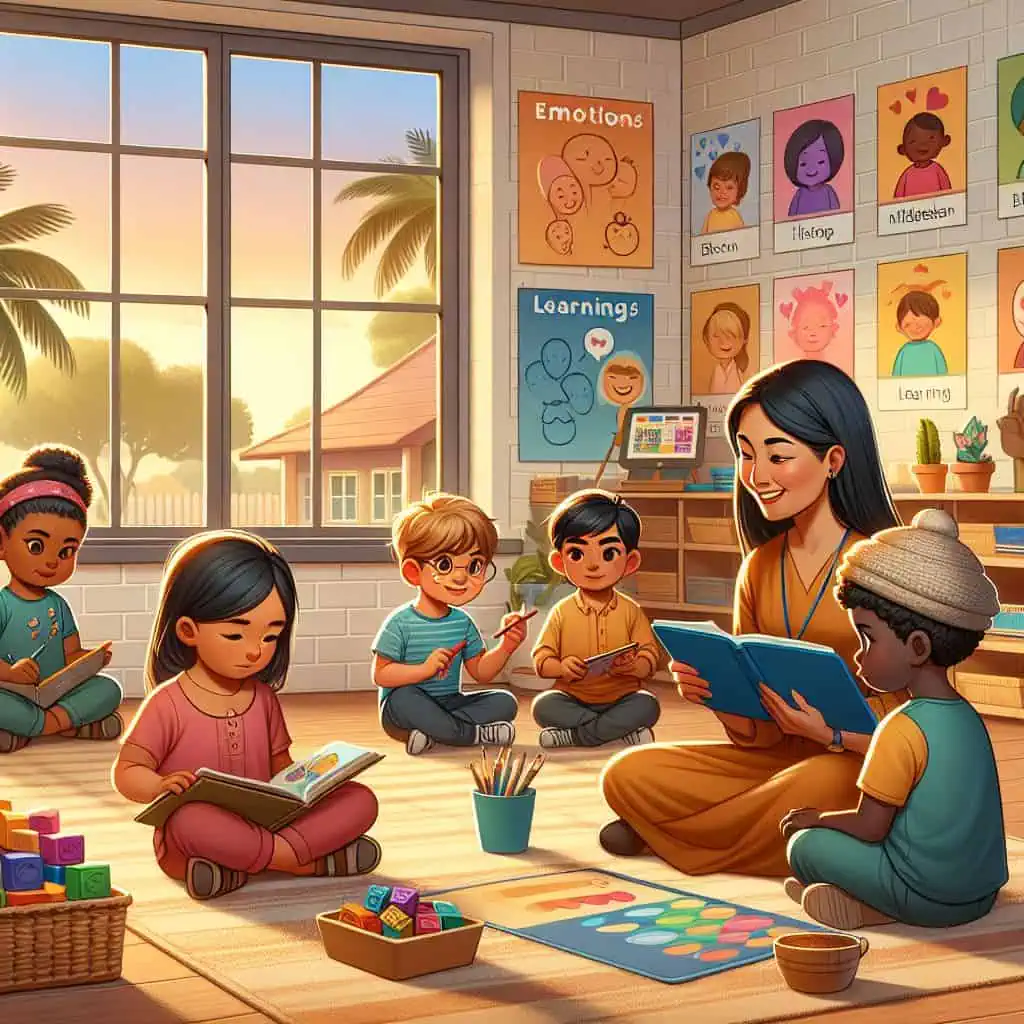
By Keri Downs, Psy.D., Licensed Psychologist–
Every child is born with a unique way of experiencing and interacting with the world. Some are visual learners, absorbing information best through images and diagrams. Others need to move, touch, and explore to truly grasp concepts. Some thrive in structured, quiet environments, while others need collaborative, creative spaces to shine. Yet, despite this diversity, many schools still operate using a one-size-fits-all model.
This mismatch between how children learn and how they’re taught doesn’t just affect academic performance—it can take a significant toll on their mental health.
Understanding Learning Style Mismatch

A learning style mismatch occurs when the methods, pace, or environment of instruction don’t align with a child’s natural learning preferences. For example:
- A kinesthetic learner might struggle in classrooms that prioritize long periods of sitting and lecture-based instruction.
- A highly creative, divergent thinker might feel stifled in a system focused on standardized testing and rote memorization.
- A child who needs repetition and scaffolding might feel lost in a fast-paced, competitive classroom.
This disconnect can lead to a cycle of underperformance, frustration, and internalized failure.
The Mental Health Consequences
Psychological research has repeatedly shown that school environments play a powerful role in shaping children’s emotional well-being. When there’s a poor fit between a child’s learning style and their educational setting, the consequences go beyond academic struggles:
1. Anxiety and School Avoidance
Children who feel overwhelmed or confused in the classroom might begin to dread going to school. Chronic feelings of failure can trigger performance anxiety, generalized anxiety, and even somatic symptoms like headaches and stomachaches 1.
2. Depression and Low Self-Esteem
Over time, children might start to believe they are “bad” at school or not smart. This can erode self-worth, especially when they see peers succeeding with ease. The gap between their efforts and outcomes can be demoralizing 1.
3. Behavioral Challenges
When children feel misunderstood or unsupported, frustration can manifest as defiance, withdrawal, or acting out. Often, what looks like a behavior problem is actually a communication of distress or unmet needs.
4. Increased Risk for Misdiagnosis
A mismatch in learning styles may mimic symptoms of ADHD, anxiety, or learning disorders, leading to misdiagnoses and potentially unnecessary interventions—while the core issue remains unaddressed 2.
Research Spotlight
Studies in educational psychology emphasize the importance of person-environment fit—the degree to which an individual’s characteristics align with their environment. Poor fit, especially in educational settings, has been linked to higher levels of stress, disengagement, and psychological symptoms in children and adolescents 1.
A longitudinal study published in the Journal of School Psychology found that children whose classroom environments aligned with their learning needs reported higher motivation and self-efficacy, and lower levels of depressive symptoms 1.
However, it’s important to note that the concept of learning styles itself has been challenged in recent years. Research from the Journal of Educational Psychology suggests that while many educators believe in learning styles, the evidence supporting instructional tailoring based on these styles is limited 2. This highlights the need for a more nuanced understanding of how children learn and how best to support them.
What Parents and Educators Can Do
1. Observe and Listen
Parents should take note of how their child seems to learn best—are they drawn to building things? Do they talk through problems? Do they light up during hands-on activities? Teachers can also provide valuable insights.
2. Advocate for Flexibility
Speak with teachers and school leaders about accommodations or instructional strategies that could better support your child’s learning style. This might include more project-based work, access to movement breaks, or alternative ways to demonstrate learning.
3. Explore School Options
Not all schools are created equal. Some prioritize experiential learning, social-emotional development, or multi-sensory instruction. Finding a better fit can make a profound difference in a child’s confidence and well-being.
Final Thoughts
No child should feel like they’re failing simply because the system wasn’t built for them. By recognizing and respecting individual learning differences—and advocating for environments that honor them—we not only support academic success, but we also protect and nurture mental health.

If you’re feeling stuck or unsure about the next step in your child’s education journey, reach out to Davenport Psychology for a psychoeducational consultation. Our children deserve to belong, to be understood, and to learn in ways that ignite their potential. At its core, it’s about understanding who your child is and finding the environment where they’ll feel supported, inspired, and capable of success.
Davenport Psychology offers Find Your Fit, Psychoeducational Evaluation and Support Services to help parents and students find the best fit school in the Sarasota and Venice, FL area. Contact us today for more information 941-702-2457.
Sources
2: Nancekivell, S. E., Shah, P., & Gelman, S. A. (2020). Maybe They’re Born With It, or Maybe It’s Experience: Toward a Deeper Understanding of the Learning Style Myth. Journal of Educational Psychology, 112(2), 221–235. https://www.apa.org/pubs/journals/releases/edu-edu0000366.pdf
1: APA PsycNet. (2025). Changes in children’s well-being and mental health across the early years of primary school. https://psycnet.apa.org/fulltext/2026-03763-001.html


